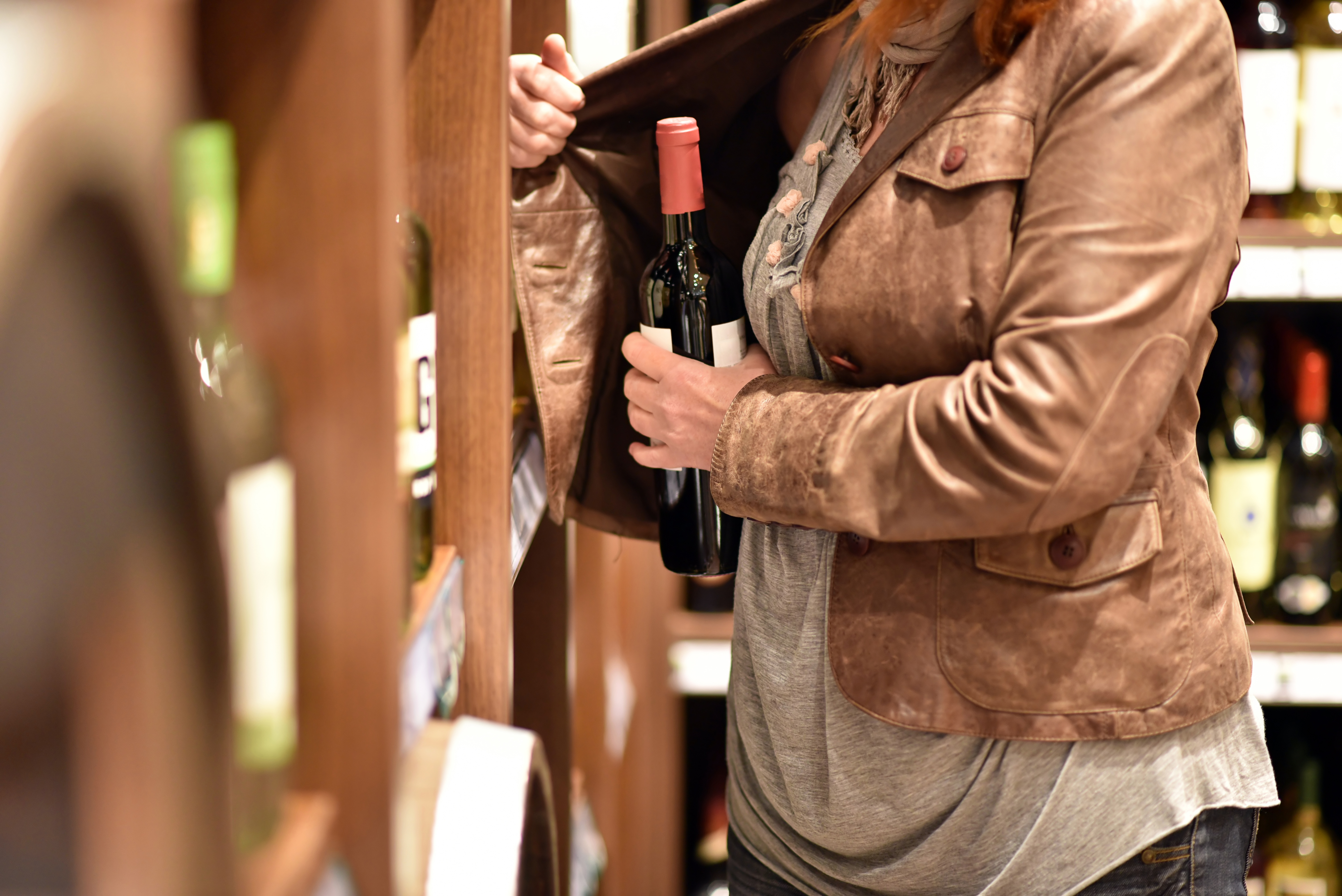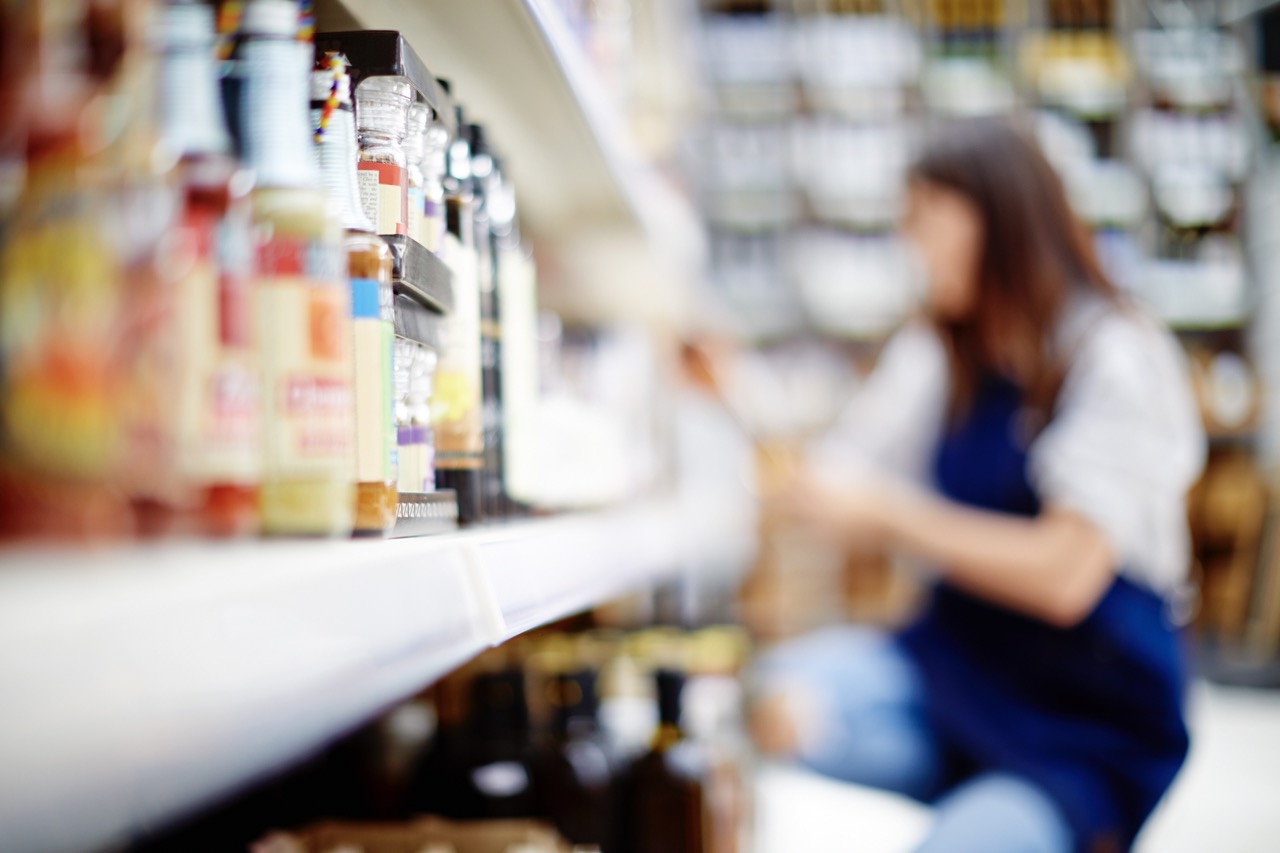What Does Failing to Protect Convenience Stores Really Cost?

According to the recent Crime report by the Association of Convenience Stores, the cost of crime to convenience stores is steadily climbing, both in terms of actual losses experienced as well as the need for additional investment in crime prevention measures.
The report shows the sector has lost more than £100m, or roughly £2134 per store, due to theft. The average store will also spend an additional £5,239 on crime prevention measures such as CCTV, alarms, screens, staff training and screens. More than 35,000 violent incidents were recorded, including 9059 robberies.
This article will briefly explore the cost of convenience store crime, but in the next few articles, we’ll delve into the additional hidden costs as well as proposed solutions, including:
- The effects of convenience store attacks on staff wellbeing,
- The impact of convenience store attacks on trading,
- The common costs associated with store damage following an attack,
- The rising trend of high-value thefts,
- The time and resource costs associated with convenience store attacks,
- Safetell’s proven solution to the problem.

Why Crimes Against Convenience Stores Are On the Rise
Shop workers are increasingly at risk of physical attack, verbal threats or even violent armed attacks while on duty. Armed robberies not only lead to considerable financial damage and lost business but have a worrying impact on the mental health and wellbeing of employees.
There has been a 650% increase in retail violence in the last five years, equal to more than 100 violent incidents per day. A single major retailer experienced more than 4500 incidents involving a weapon in 2020, up 30% from the year before. The most common weapons are knives, blades, screwdrivers and even machetes.

Increased services and products, extended opening hours, and the decreasing trend of big weekly shopping habits means that stores are carrying high levels of cash and high-value merchandise, making these stores attractive targets for criminals.
According to criminologist Dr Emmeline Taylor, the rise in convenience store crimes can also be attributed to changing criminal tactics. Armed robbers previously targeted high-end banks, but as banks have increased their security measures, it’s “too much hard work” for the average robber.
In the late 1990s, robbers shifted their attention to petrol station forecourts. The forecourts handled large volumes of cash and kept long trading hours, replacing banks as a primary target. In turn, solution providers like Safetell responded by offering innovative security measures designed to specifically protect petrol stations and their staff. This served as a considerable deterrent, and crime abated significantly in the sector.

As a result, armed robbers are choosing “softer”, less securitised targets like convenience stores. The average armed robber is an opportunist, using a knife and committing crimes to fund substance abuse, according to Taylor. A large homeless population, rising levels of drug abuse and more kids in poverty make it hard to “envisage a day where shop workers will be able to go to work entirely free from fear”.

COVID-19 has exacerbated the problem. According to the ACS Crime Report (2021), 19% of shopkeepers have said that shop theft has increased, while 34% say that violence and verbal abuse have increased since the pandemic.

The same report shows that many retailers are dissatisfied with law enforcement’s response to the situation, with 55% stating that they are very dissatisfied with police response times and 75% stating they are very dissatisfied with the consistency of the police response to incidents.
Convenience stores clearly feel the need to empower their employees and their property with additional, more effective safeguards to deter crime and limit the psychological and financial harm caused by attacks and theft.
How Safetell Can Help
Safetell have been safety and security pioneers and innovators, protecting people, products and assets for over thirty years across a number of sectors, including convenience stores. Safetell was one of the first companies to design and launch best-in-class screen solutions with certified ballistic options within the financial services sectors and petrol forecourts.

As the majority of convenience store crimes occur between the hours of 10 pm and 12 am, with 60% of crimes occurring over weekends, the first and best line of defence is to protect staff during high-threat hours, without restricting their ability to continue trading.
Screens and security doors, as well as security partitioning, can form a low-cost protective barrier between employees and criminals without disrupting business operations or impacting the customer experience.
If you are interested in securing your convenience store and adopting best-practice deterrents customised to your location and threat level, speak to Safetell.
.png?width=3047&height=647&name=Safetell%20Master%20Logo%20CMYK%20(1).png)

